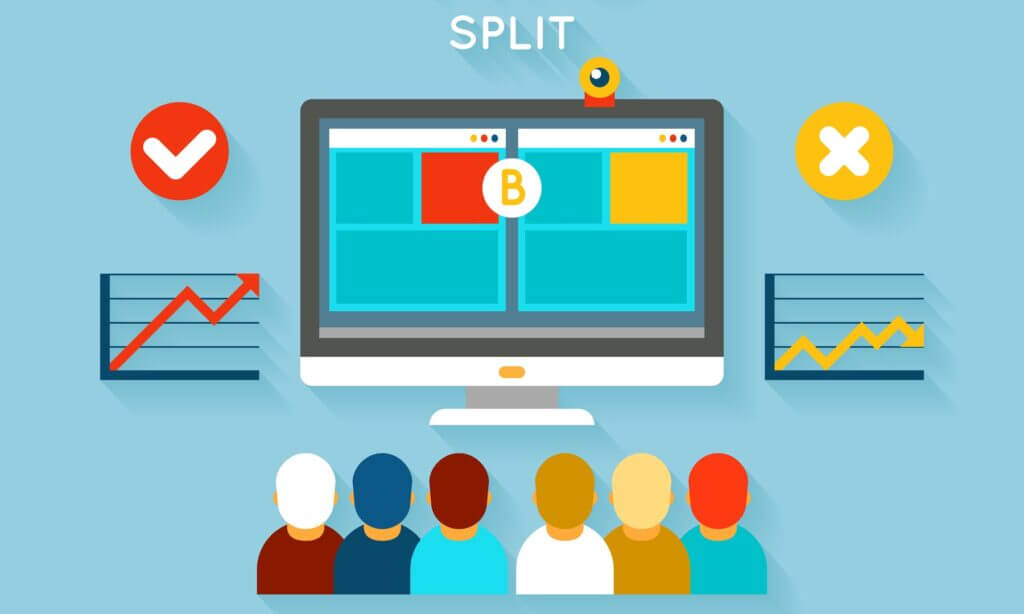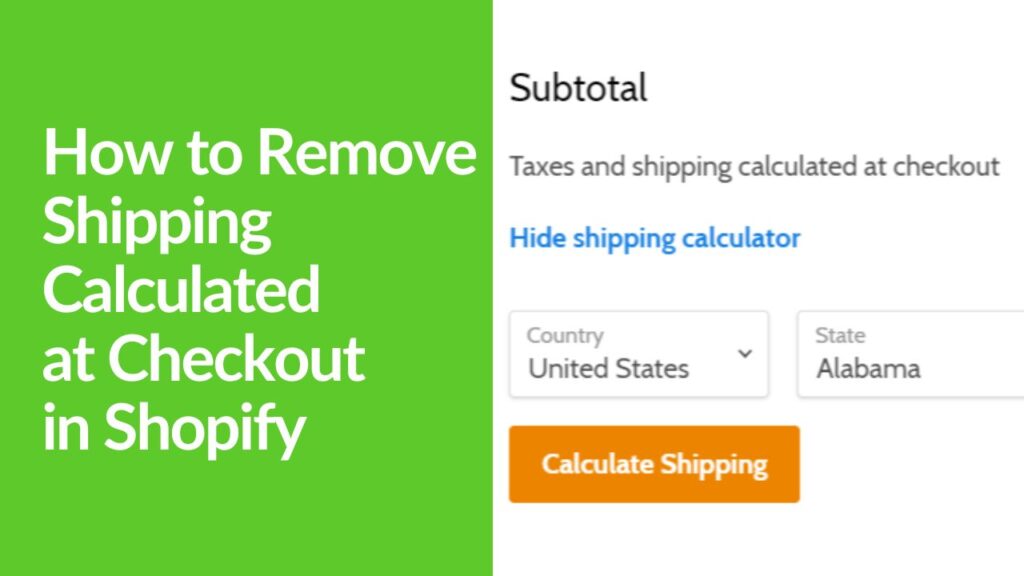Unlock the potential of your Shopify store with ‘The Ultimate Guide to Shopify A/B Testing.” This comprehensive resource dives deep into the art and science of A/B testing. Discover the secrets to enhancing your store’s performance through informed, data-driven decisions. Learn how to set up, run, and analyze A/B tests, avoiding common pitfalls and leveraging success stories for inspiration. Whether you’re a seasoned pro or new to Shopify, this guide is your roadmap to boosting conversion rates and elevating your online business.
Introduction to Shopify A/B Testing
A/B testing or split testing is a method where two versions of a webpage or element are compared against each other to determine which one performs better in terms of key metrics like conversion rates, click-through rates, or any other defined goal. It’s about making informed decisions based on data, allowing businesses to enhance the user experience and ultimately, conversion rates.
The process starts with a hypothesis about how a change can impact behavior, followed by creating two versions: ‘A’ (the control) and ‘B’ (the variant). Traffic is then divided between these versions to observe which one achieves better performance.
A/B Testing in Shopify
A/B testing in Shopify enables store owners to make data-driven decisions by testing changes on their websites and measuring the impact on user behavior. This can include testing product page layouts, call-to-action (CTA) buttons, color schemes, navigation, and more. The goal is to identify what changes can lead to an improved user experience and higher conversion rates.
Pre-A/B Testing Considerations
Before launching an A/B test, it’s crucial to:
- Define Clear Goals: Understanding what you aim to achieve with your A/B testing is vital. Whether it’s increasing conversions, reducing cart abandonment rates, or enhancing page engagement, having a clear objective guides the testing process.
- Know Your Audience: Tailoring your A/B tests to your target audience’s preferences and behaviors can significantly influence the outcomes. Different demographics might respond differently to certain design elements or offers.
- Select Relevant KPIs: Key Performance Indicators (KPIs) will help you measure the success of your A/B tests. These could include conversion rates, bounce rates, or average order values.
Optimal Approaches to Conducting A/B Tests on Shopify
- Start Small: Begin with tests that are manageable and offer the potential for significant insights. This allows for easier analysis and quicker implementation of results.
- Test One Change at a Time: To accurately determine which changes are affecting your metrics, only test one variable at a time.
- Ensure Statistical Significance: Running your tests until you achieve statistical significance ensures the results are reliable and can inform your business decisions.
- Keep Testing: The digital landscape and consumer behaviors are always evolving. Regularly testing and updating your Shopify store ensures it remains optimized for performance and user experience.
Remember, the key to successful A/B testing is a strategic, informed approach that focuses on making incremental improvements that lead to big wins over time.





